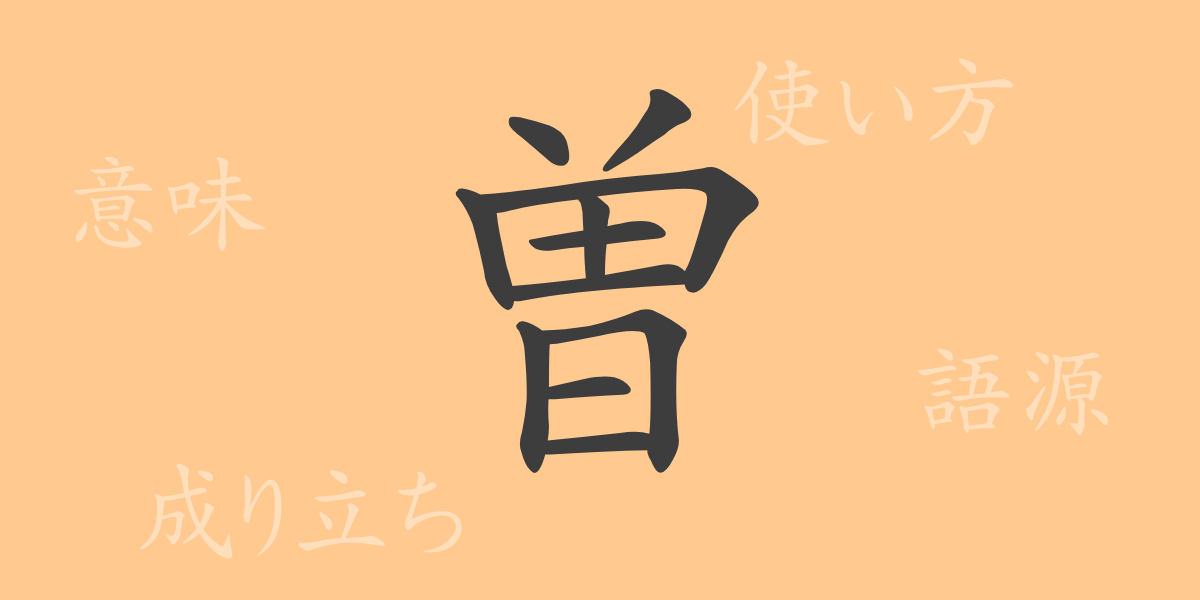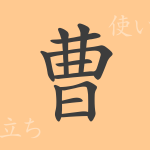In Japanese, Kanji are unique in that they allow us to infer their meanings and sounds from their structures. One such Kanji, “曽” (ソウ – Sou), is commonly seen in everyday life yet its origins, meanings, and uses are often not widely known. This article focuses on the Kanji “曽”, exploring its allure and its role within the Japanese language.
Origins of 曽 (ソウ – Sou)
The Kanji “曽” (ソウ – Sou) has its origins in ancient Chinese pictographs. Initially a simplified form of “層” (layer), it conveyed the meaning of ‘being layered’ or ‘accumulated.’ Over time, this transformed to mean ‘formerly’ or ‘previously’, and it is used with similar meanings in Japanese today.
Meaning and Usage of 曽 (ソウ – Sou)
Beyond ‘formerly’ and ‘previously’, “曽” is also used to express ‘increasingly’ or ‘further’. In describing relationships, it appears in terms such as ‘曽祖父母’ (great-grandparents), indicating ancestors beyond one’s immediate grandparents.
Pronunciation, Stroke Count, and Radical of 曽 (ソウ – Sou)
The Kanji “曽” has several readings and structural details that are essential for understanding its use in Japanese:
- Readings: On’yomi “ソウ” (ソウ), Kun’yomi “かつて” (once), “ふか” (deeply), “ますます” (increasingly)
- Stroke Count: 12 strokes
- Radical: “曰” (ふつとめん – futotomen)
Phrases and Proverbs Using 曽 (ソウ – Sou)
“曽” is utilized in many idioms, phrases, and proverbs that enrich the Japanese language. For instance, ‘曽祖父母’ refers to one’s great-grandparents, ‘曽根’ can appear in place names or surnames, and ‘未曾有’ (unprecedented) describes situations or events that are extremely rare or without prior occurrence.
Summary on 曽 (ソウ – Sou)
The Kanji “曽” plays a crucial role in Japanese due to its rich historical and semantic depth. Used widely from casual conversation to specialized contexts, this Kanji symbolizes the richness of the Japanese language. Through this article, we hope to deepen your understanding of “曽” and enhance your enjoyment of Japanese expressions.

























